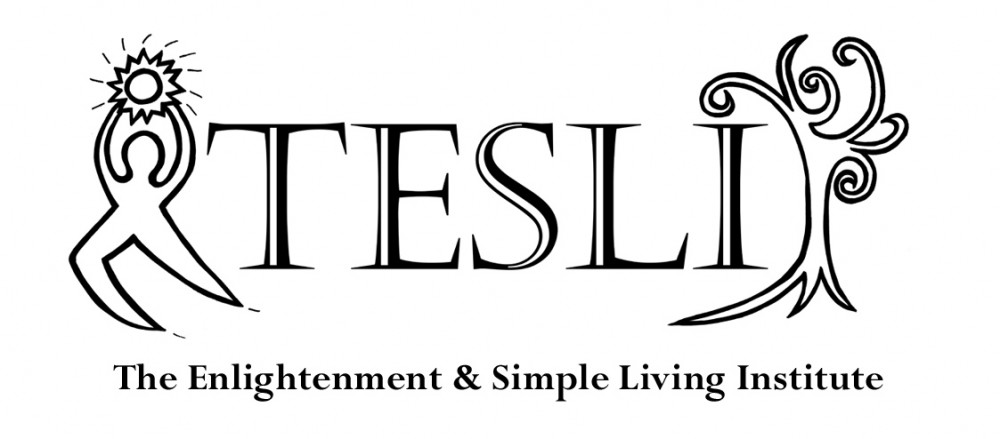For many years I would use the word confusion to describe the state of mind I was frequently in. Then I began using the Twelve Steps as a blueprint for dealing with things that arose in my life and I realized the state that I called confusion was really me being in resistance to what I already knew. Since then I have stopped using the word confusion. When I am tempted to think I am “confused”, I ask myself, “What do I know that I am denying I know?”
confusion to describe the state of mind I was frequently in. Then I began using the Twelve Steps as a blueprint for dealing with things that arose in my life and I realized the state that I called confusion was really me being in resistance to what I already knew. Since then I have stopped using the word confusion. When I am tempted to think I am “confused”, I ask myself, “What do I know that I am denying I know?”
A lot of times what I think is me being confused about a situation or what action to take is actually me struggling against time. I may not yet have the information I need; more may need to be revealed. Alternatively, something may be in the process of shifting, either internally or externally, that will provide clarity about the situation or what “right” action is. I am confused simply because I am fighting with the clear message of “wait”. This recognition releases my mind from continuing to loop and loop as it tries to figure out the situation and come to a conclusion. Sometimes the mind just needs to be given a explanation in order to stop looping. Telling it, “It is not time to know yet” can be quite liberating.
For example, I live in Phoenix, yet, I prefer the Bay Area. I could be “confused” about this predicament or I could be “confused” about why I am here and why I am not actively trying to move back home. Instead, I am aware that my desire to be in the Bay Area is “action” enough to create that possibility. Right now nothing else is required of me.
Less frequently I am confused because I know what action to take and do not want to. Perhaps I am “confused” about a relationship. It could mean that the relationship really doesn’t work for me and I am trying to pretend it does in order to avoid what I have concluded will occur if I take appropriate action. I say, “I am confused about what to do.” Which is a lie. It is more like I am procrastinating or avoiding taking “right” action because of my judgments of what that action is or represents.
About twenty-five years ago I was in a relationship that was confusing. I was confused about whether to go or stay. Everyday I would debate the pros and cons and try to figure it out. Finally I decided I would stay. I decided I would put the energy into making it work. I wanted a relationship with this person (who was the father of my daughter) and I committed myself to it. Interestingly, within six months I was filing for divorce. It wasn’t a “decision” I came to. I just woke up one morning and it was simply the next right thing to do. How freeing!
Freedom from confusion requires me to be aware of what is going on and move beyond judgment. The above example shows that making a choice, even it if turns out to create a completely different outcome than expected, breaks the energy drain of looping. The key point to realize is that a choice is only good for one moment. You can always choose something different in the next moment. Choice creates possibilities.
Useful questions:
- What is this?
- Can I change this?
- Can I change this now?
- What is really possible here?
- Does this work for me?
- What can I choose that would change all of this?
- What am I denying or pretending not to know?
- What is beyond this?
- Have you confused choice with commitment?


